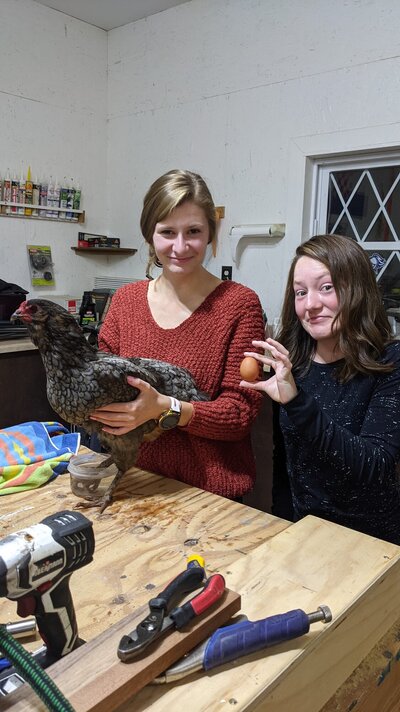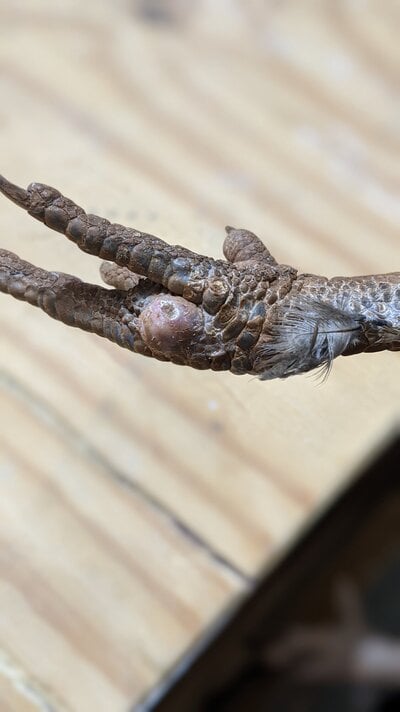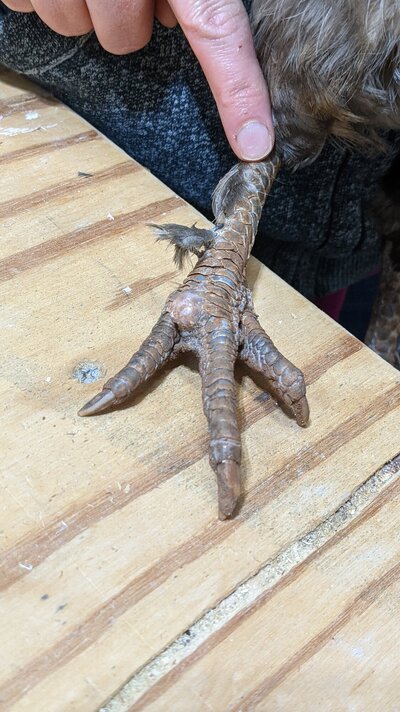I have Meloxicam 7.5 mg tablets that is expired 2 years ago. Can I use this for my chicken pre bumblefoot surgery? How much to give? A quarter of this tablet would be about 2 mg.
I do not have any chlorhexidine but I do have iodine, Vetricin, coloidial silver and neosporin. Any other advice on this?
Thank you!
I do not have any chlorhexidine but I do have iodine, Vetricin, coloidial silver and neosporin. Any other advice on this?
Thank you!






